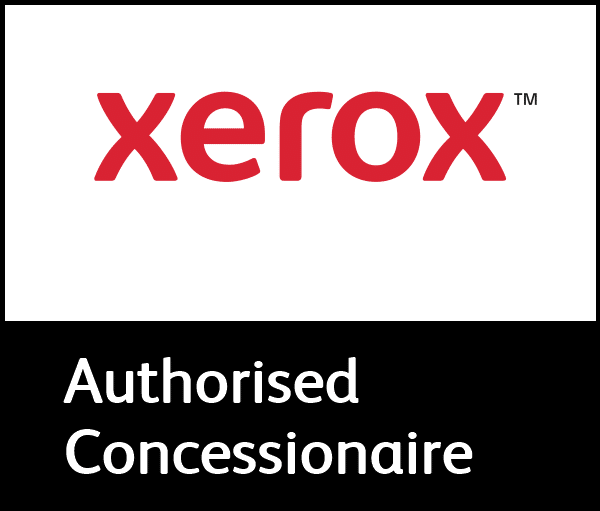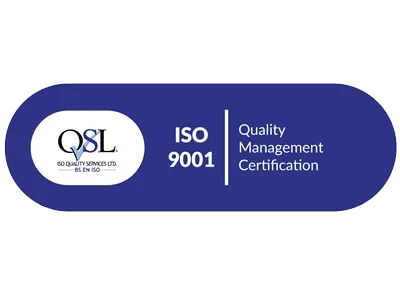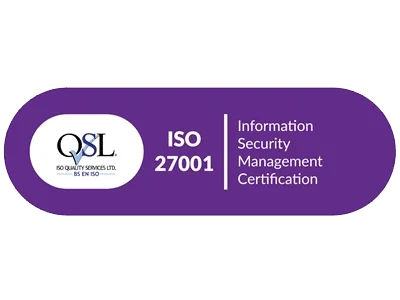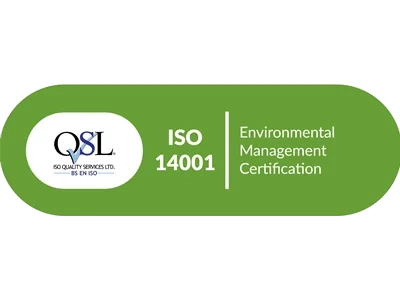In today’s rapidly evolving digital landscape, integrating artificial intelligence (AI), Internet of Things (IoT), and blockchain technology sets new benchmarks for the ‘as a service’ models. This convergence, often referred to as AIoT, promises unprecedented efficiencies, enhanced security, and innovative service offerings that are transforming industries across the globe.
AIoT: The New Frontier in Real-Time Data Processing
The amalgamation of AI and IoT is not just a technological upgrade; it’s a paradigm shift. With the rollout of 5G networks, the potential for ultra-low delay and faster data transfer is now a reality https://telnyx.com/resources/iot-ai-future ).
Edge computing further complements this by processing data closer to where it’s generated, thus reducing response times and enabling quicker decision-making (https://www.startechup.com/blog/8-iot-developments-and-trends-in-2024/).
Blockchain: A Secure Backbone for IoT
As the number of connected devices continues to skyrocket, robust security measures become imperative. Blockchain technology is a formidable solution for enhancing IoT networks’ security and privacy capabilities. Its decentralised nature ensures that data transactions are secure and tamper-proof, essential for maintaining integrity in a highly interconnected environment.
Moreover, adopting blockchain in IoT is not just about security; it also introduces a new level of confidence in the data exchanged across these devices (https://www.mordorintelligence.com/industry-reports/blockchain-iot).
Voice Integration and Digital Twins: Enhancing Interactivity and Simulation
Integrating advanced voice recognition technologies into IoT devices is expected to break new ground in how we interact with technology. Users can look forward to more intuitive ways to control and engage with devices, further smoothing the human-device interaction landscape. On another front, the concept of digital twins, where technology replicates physical, is gaining traction. These virtual replicas of physical systems allow industries to simulate real-world scenarios and predict outcomes effectively, optimising operations and reducing risks before implementing changes in the real world (https://telnyx.com/resources/iot-ai-future).
The Growing Role of Edge Computing
With the increasing deployment of IoT devices, edge computing has become a critical element in the tech ecosystem. By enabling data processing at or near the source of data generation, edge computing minimises latency and expedites action on insights derived from vast amounts of data.
This not only boosts efficiency but also enhances the overall security of the data by limiting its exposure to potential cyber threats (https://www.startechup.com/blog/8-iot-developments-and-trends-in-2024/).
What’s Next for IoT and Blockchain in ‘As a Service’ Models?
The integration of AIoT and blockchain is expected to continue expanding, driven by their ability to offer more scalable, secure, and efficient solutions. As these technologies mature, they will likely produce a new range of ‘as a service’ offerings that are more adaptive, secure, and tailored to specific industry needs.
The ongoing developments in AIoT and blockchain could also lead to more personalised and predictive services, transforming customer experiences and operational models across sectors.
The collaborative capabilities of AI, IoT, and blockchain reshape the future of’ as a service’ models. As businesses and consumers increasingly adopt these technologies, the potential for innovation and efficiency appears limitless. Businesses must stay ahead of the curve by leveraging these technologies to enhance their service offerings and secure a competitive edge in the digital era. This is not just a trend but a shift towards more innovative, connected, and secure systems that will define the future of industry services.






